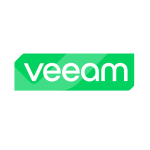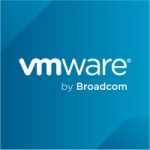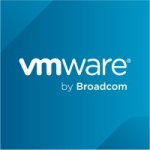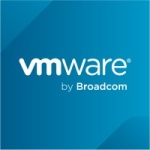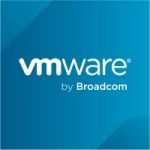What is most valuable?
One of the things I really liked was being able to use the projects feature, which lets me say that I know in August or September or October, I'm going to need to deploy 20 more VMs on a particular cluster. Am I going to have the capacity for that project? I can actually see if that's going to be okay. Then I can sit there and say, if it's not okay, then when would I add hosts? At what point would that make it okay? Basically, what you project out, it provides all that information at great detail. It's pretty good.
How has it helped my organization?
I've been at my company for seven months, and there's no monitoring. They have no monitoring. That's going to be the big thing. Dashboards can be set in front of operational people and then we'll actually be able to respond both proactively for issues such as capacity, and reactively for issues such as, we just filled up a drive, as we build it out.
We also use the logging site, which basically does correlation of logs from hosts. All that's integrated together, so if you have a problem, all of a sudden, you're able to see that maybe the fact that this LUN had a problem and this array had this problem. You start realizing that they're all related because of the way it ties them together. Very specifically for us, when you're not getting phone calls because a drive filled up on a VM inside it, That would be the big thing, right there, guaranteed. That's the one that bites them more than anything.
We'll probably not save on storage. Storage is cheap, but we're going to see if we can right-size, because I've heard mentioned a couple times before, right-sizing isn't a technical problem, it's a political/business problem or a management problem. Going back and getting stuff back after you've given it away in a VM is very difficult. That's where I'm hopeful. Probably utilize less anything about storage, but more about CPU and RAM.
We have not used the performance management features yet, but that'll be more about getting VMs balanced correctly across clusters, that sort of thing, but not yet. We typically don't over-provision.
We're planning on using more of it for several different reasons. We want to do lifecycle management of some of our hosts. We need the capacity planning features, and maybe most important - and the first thing that we're going to do - is the end-point management that's now part of it but used to be separate. It used to be Hyperic. We used to have Hyperic as a separate purchased product and now part of it is end-point management. We'll use that as our monitoring platform.
What needs improvement?
It is a beast to deal with. To understand it, really takes effort. Several of us have been to a week of VMware classes, and that didn't even scratch the surface. There's so much there. I suppose if there was a nice get-started guide, that’d be an improvement.
I heard them talking about this in a VMworld session. They've got wizards that can be rerun, so you can go back and say, "I really want to change what I did before in terms of my general configuration." That's good. It is complex. I just don't know how you make it simpler. I don't know because it's a complex idea.
Ideally, it'd be nice if it was simpler.
What do I think about the stability of the solution?
We're running 6.2; 6.3 is out and 7, I guess, just came out. The worst case for us has been, a couple times, we've had to restart it. Otherwise, it’s been pretty stable. It's all virtual appliances, so that's nice.
What do I think about the scalability of the solution?
Scalability's pretty good. I don't remember the limits, but basically, you just start adding what they call data analytics nodes, and you just start scaling out horizontally.
We're way under-speced right now. In other words, we need more data analytics and we're reporting on about six million metrics right now, so once we point all the end point management features back to it, we'll have to do something about it. Plus, we have remote collectors.
How are customer service and technical support?
We're still going through a statement of work and professional services, so we've deployed it and have started to use it, but we're basically re-engaging with VMware, so we haven't really had to contact technical support.
Which solution did I use previously and why did I switch?
I did not previously use a different solution. We relied on people, the users. We’d see an outage because a user called, and then say, "Let's go fix it." That's exactly how it was being dealt with.
How was the initial setup?
Initial setup is pretty easy.
Which other solutions did I evaluate?
A lot of the decision to go with product and the vendor went on before or right when I was hired. They were very close to going with Foglight, very close. They basically were ready to sign and VMware showed up and said, "Whoa, you didn't even look at this." During my interviews, I even encouraged using VMware. I said, "Look, it's got some good stuff." I'd used version 5.8 before a little bit at a previous employer, and they basically looked at it again. It's really the thing to go with if you're using vSphere; it's just what you're going to do.
What other advice do I have?
I don't think there's anything that's deserves a perfect rating. There's just not, so I'm a little skeptical of that. I could give it a higher rating after I've had a chance to really use it, but right now, we just have not been able to really engage with VMware. I'm probably rating VMware more than I'm rating the product, so the complexity part kind of hurts right now.
I think you've got to go and look at it first. If it just doesn't look like it's going to do what you want it to, then you can look at other places, but you've got to at least talk to them about it, because it's VMware. It does what it's supposed to do. It's geared for this environment and it can also manage and monitor the physical stuff. For me, that's my suggestion.
Disclosure: My company does not have a business relationship with this vendor other than being a customer.



